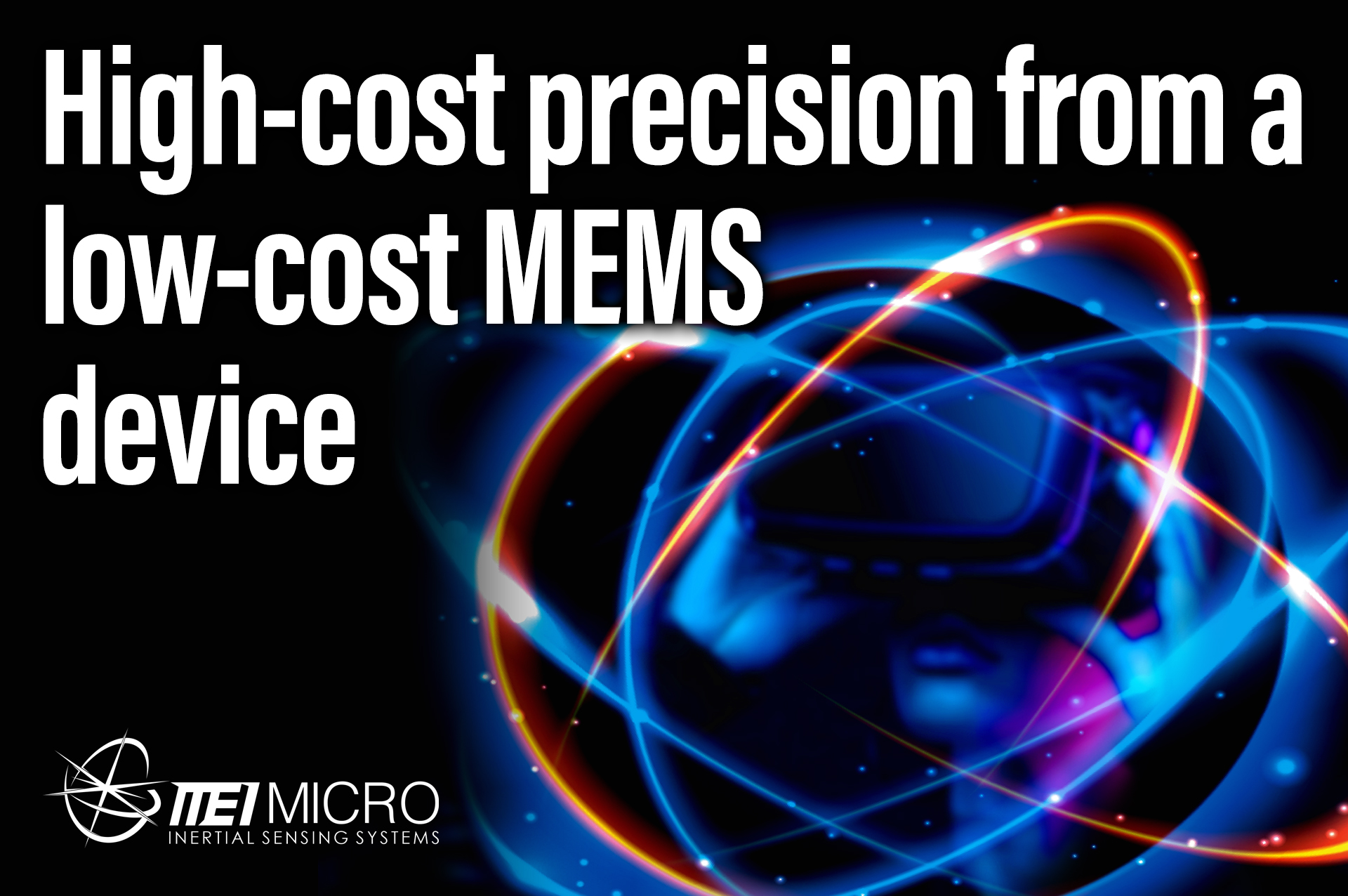You’ll likely be familiar with MEMS accelerometers, but you’ll also be aware that this technology has limits. What if we told you there was a MEMS accelerometer that allowed you to do what a navigation-grade IMU can do, for a fraction of the price…
In another interview from Sensors Converge 2024, ipXchange chats with Louis from MEI Micro about the World’s first navigation-grade 3-axis MEMS accelerometer. It’s even won an award!
Many designers will be familiar with MEMS accelerometers due to the technology’s high levels of robustness and relatively accurate motion tracking. In the consumer space, these components are widely used. They have therefore gained the low cost status of anything sold at scale.
For ultra-high-accuracy motion sensing however, such as for military and aerospace applications, things can get very expensive as standard MEMS accelerometer technology cannot perform to the accuracies required. Until now…
MEI Micro brings the performance of $15k-$20k inertial sensors into the industrial- and consumer-grade price point, thanks to its innovations in MEMS accelerometer technology. Navigation-grade motion sensing is now available to startups as the buy-in cost is so low!
The key benefit of navigation-grade motion sensing is that it enables products to accurately track their relative position without the requirement for GPS. This is useful in areas with poor coverage or where signals are prone to external interference. MEI Micro makes this possible with MEMS accelerometer technology thanks to a ‘big-ass’ proof mass within a hermetically sealed package – it is the first company to do this at a commercial foundry.
MEI Micro’s innovation can be used in anything from autonomous vehicles to commercial space missions. That said, it is remarkable that MEI Micro’s navigation-grade 3-axis MEMS accelerometers are fit for such high-reliability tasks yet are still low enough in cost to be used in products like AR/VR headsets…
The ultra-high accuracy of MEI Micro’s MEMS accelerometer is key to enabling never-seen-before functionality in a whole range of devices, like next-level machine learning in commercial-grade systems. As Louis states: “You can’t software your way to a better sensor.”
MEI Micro is looking for engineers with exciting projects to test its technology. Louis estimates that his team knows around 30% of the possible applications for navigation-grade MEMS accelerometers, so your creativity will be key to accessing that other 70%.
MEI Micro is rebuilding its website, so there is very little information on what this baby can do. Apply to get connected by following the link to ipXchange’s User-Defined board form below. Just fill out the form, specifying MEI Micro, and we’ll put you in touch.
Keep designing!
Love a good sensor? Check out these other interviews from ipXchange:
Industrial optical position encoding with iC-Haus
Radar-based vital signs measurement at 1 m away
What does a machine vision system consist of? | Sony at Macnica
You must be signed in to post a comment.

Comments
No comments yet